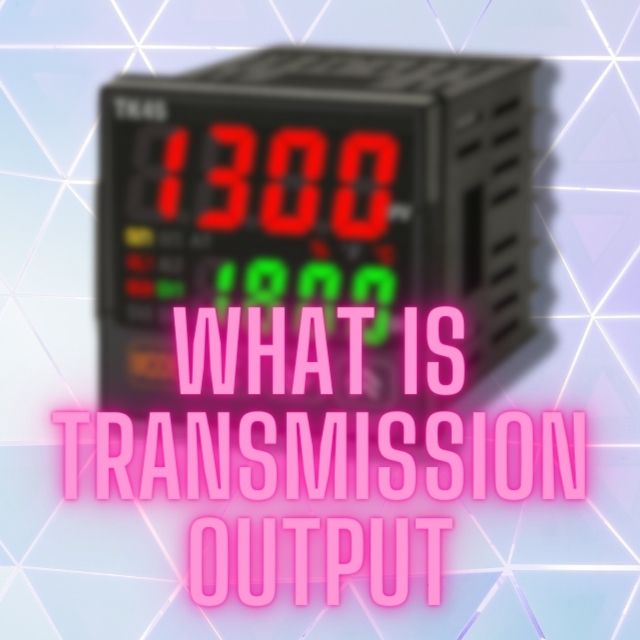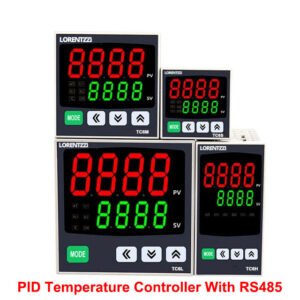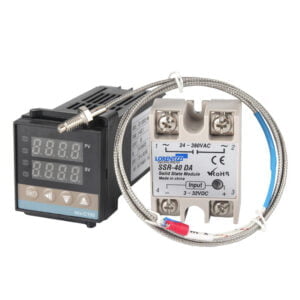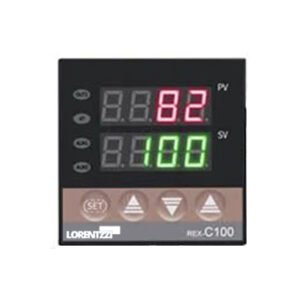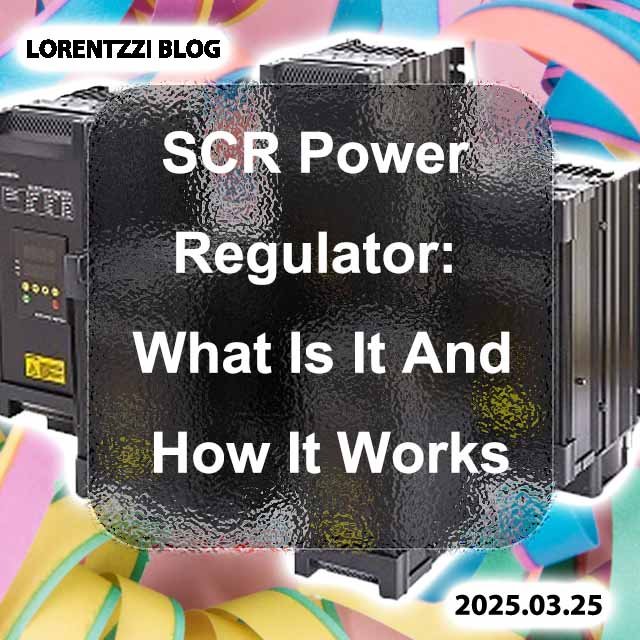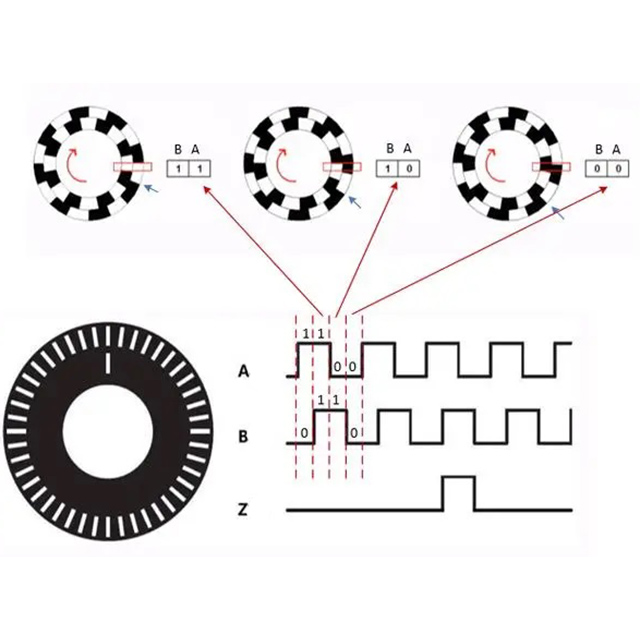When you search for knowledge about PID temperature controllers on the Internet, you may always find that some PID temperature controllers have a function called transmission output, but what exactly is it? In this article we will explain it in detail, so read on and you will find out.
Firstly, to get the knowledge of transmission of a pid temperature controller, we need to know what a pid temperature controller is.
Table of Contents
What is a pid temperature controller?
PID temperature controller is an automatic controller that adopts proportional (Proportional), integral (Integral), and derivative (Derivative) control rules. It is widely used in situations that require precise temperature control. The PID controller compares the temperature Set Value (SV) with the actual Present Value(measured value) (PV) in real time, calculates the deviation between the two, and then generates a control signal based on the PID algorithm to adjust the heater, cooler or other actuator in order to maintain a constant temperature.
The working principle of the PID controller is as follows:
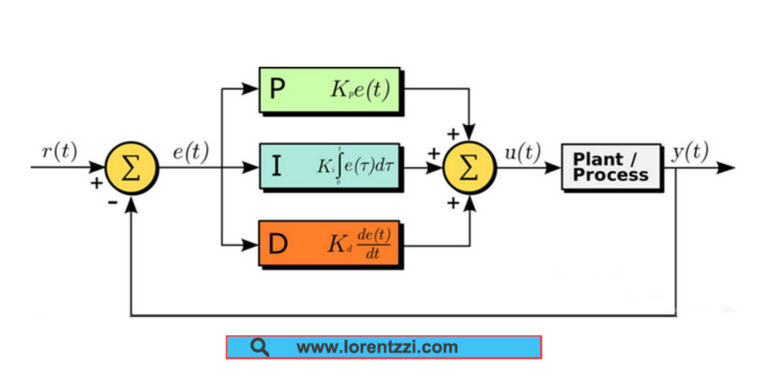
- Proportional (P): The controller output is proportional to the deviation. The greater the deviation, the stronger the control effect.
- Integral (I): The controller output is proportional to the deviation accumulation, helping to eliminate steady-state errors.
- Differential (D): The controller output is proportional to the deviation change rate, which helps predict the deviation trend and reduce system overshoot.
Features of PID temperature controller
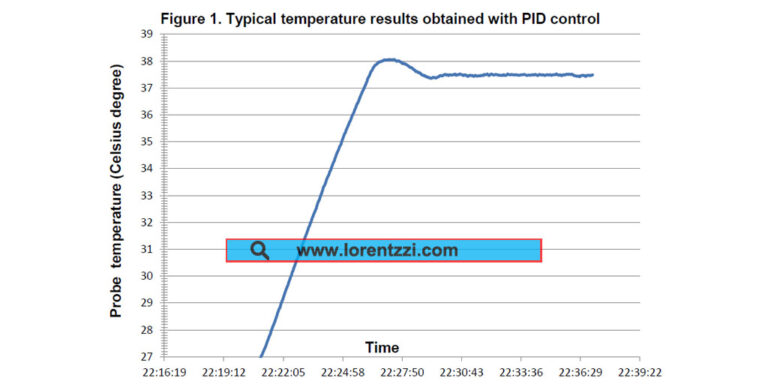
- High-precision control: PID algorithm can provide high-precision temperature control, and the temperature control accuracy can reach ±0.1℃.
- Parameter self-tuning: Some PID temperature controllers have parameter self-tuning functions, which can automatically find optimal PID parameters and simplify the operation process.
- Multiple input signals: Able to accept multiple sensor signals, such as thermocouples, thermal resistors, etc.
- Multiple control outputs: Provide relay(no voltage), analog (such as 4-20mA), SSR drive(voltage) and other control methods.
- Alarm function: It has a variety of alarm settings, such as upper and lower limit alarms, deviation alarms, etc.
- Communication function: Supports RS485, and adopts standard MODBUS RTU communication protocol to facilitate integration into automation systems.
What is the transmission output in the pid temperature controller?
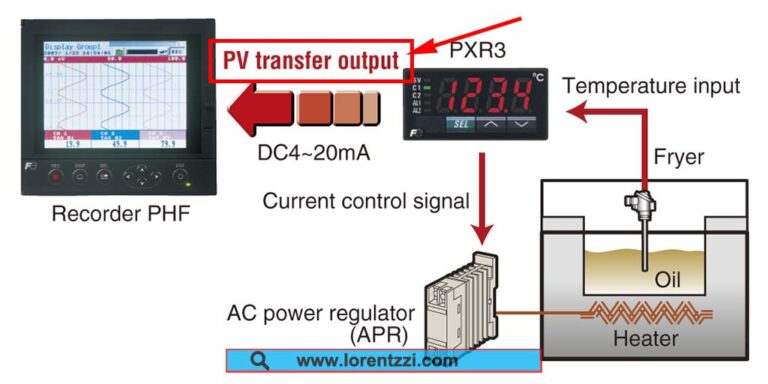
In the temperature controller, the transmission output refers to the temperature control instrument converting the received temperature signal into a standardized current or voltage signal output. We always use the transmission output function to monitor the measured value(PV) for a touch screen or a PLC such as PLC (Programmable Logic Controller) or DCS (Distributed Control System).
The transmission output is usually a linear current or voltage signal that is proportional to the measured temperature. The most common transmission output signal is a 4-20mA current signal or 0-10V voltage signal. This output method allows the temperature controller to provide accurate measurement values in different temperature ranges and can drive devices such as frequency converters, electric actuators, or other types of controllers.
For example, if the temperature controller’s transmission output is set to 4-20mA, when the temperature reaches the lowest point of the measurement range, the output current may be 4mA; and when the temperature reaches the highest point, the output current may be 20mA. Such a linear relationship makes the transmission output easily compatible with a variety of automation systems and equipment.
Advantages of transmission output in the temperature controller
- Long distance transmission: The current value will not lose with transmission distance increasing
- Standardized signal: 4-20mA is an international standard signal, which means that equipment from different manufacturers can be compatible with each other and facilitate system integration and maintenance.
- Temperature status can be monitored at any time.
- Easy to diagnose: A broken wire of the temperature sensor in the temperature control system can be easily detected by monitoring the current. Usually, 4mA can be used as zero level to facilitate the judgment of open circuit or sensor damage (0mA state).
Conclusion
In conclusion, the output of a transmitter is different from the control output (PID regulated output). The control output modulates the output signal based on the PID algorithm to directly control the operation of heating or cooling equipment. In contrast, the transmitter output provides a current or voltage signal that is linearly related to temperature, which is used for monitoring or controlling remote equipment.
Lorentzzi® PID temperature controllers feature high quality and competitive price, and we can produce the temperature controller with transmission output for monitoring the status of your heating system. Contact us now to get more information!

